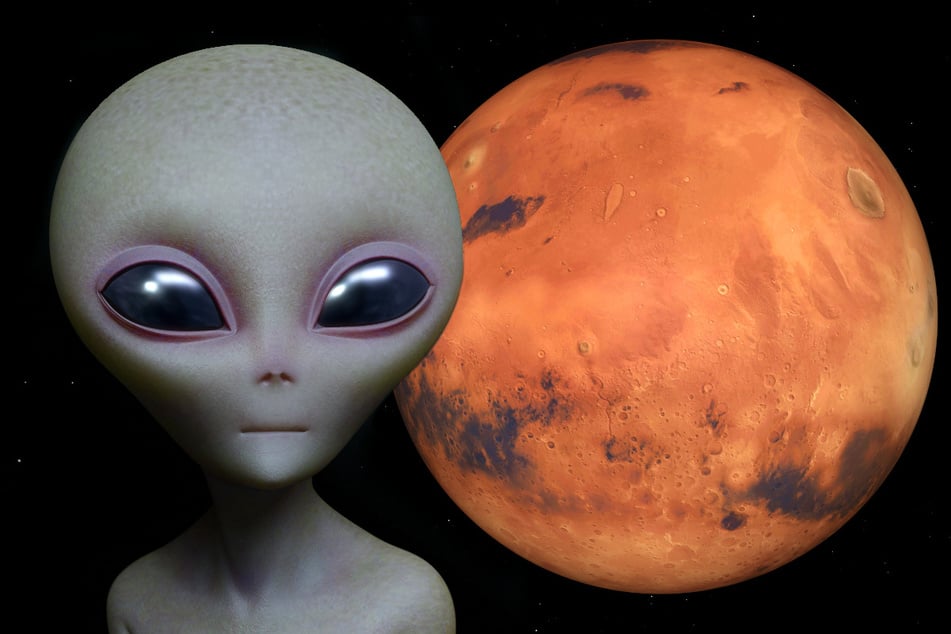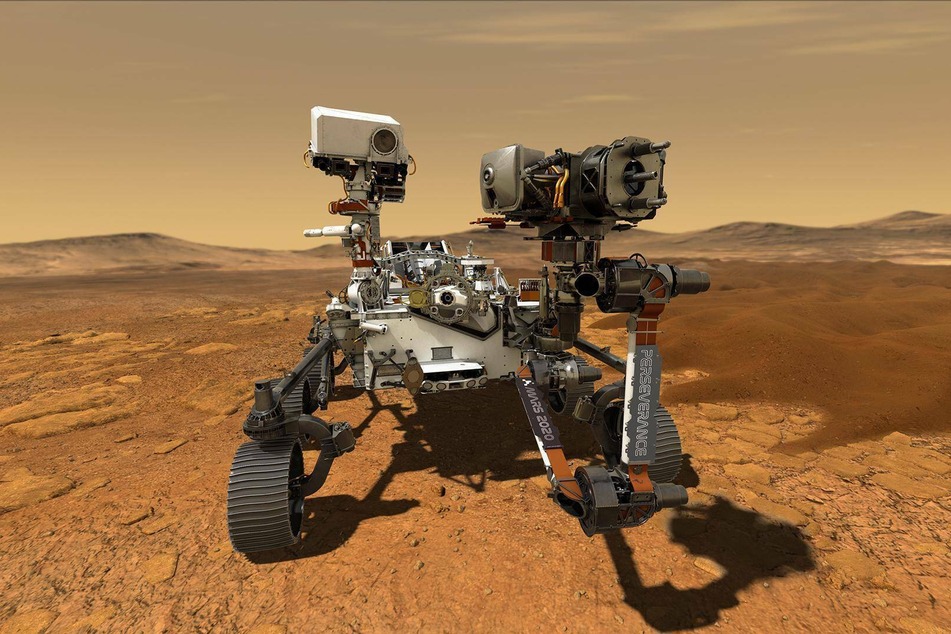Aliens under the surface of Mars? New study provides revolutionary clues
Mountain View, California - Is there life on Mars? A new study has detected movement beneath the surface of the red planet – and it may even mean aliens live there.

Mars usually doesn't have much going on – there are only heaps of dust and rock to be found. That's at least true for the surface of the planet, but underneath it could look quite different!
Current research has now determined that liquid water must exist just a few inches below the dry Mars dust.
As evidence, the researchers cite huge landslides with speeds well over 200 miles per hour that have been detected on the planet's surface. Liquid water is said to be responsible for this phenomenon, mixing with salt to cause movement under the frozen ground.
Very similar landslides also occur on Earth, for example in dry valleys in Antarctica, at the Dead Sea in Israel, or in the Atacama Desert in Chile. In Antarctica, life has already been discovered in such areas in the form of shrimp and sea cucumbers.
Even if there are only tiny amounts of liquid water on Mars, this could be a clear indication that life might exist there too!
NASA rover to take a closer look at Mars soon

The leader of the Mars study, Dr. Janice Bishop of the Search for Extraterrestrial Intelligence (SETI) Institute in California, believes her discoveries are groundbreaking.
"I am excited about the prospect of microscale liquid water on Mars in near-surface environments where ice and salts are mixed with the soil," the scientist said in a statement on SETI's official website.
She added: "This could revolutionize our perspective on active chemistry just below the surface on Mars today."
On February 18, NASA's Perseverance Mars rover is scheduled to land on Earth's neighboring planet and use a drill to check what's going on underneath all that rock.
Cover photo: Albert Ziganshin/123RF and Michael Rosskothen/123/RF
